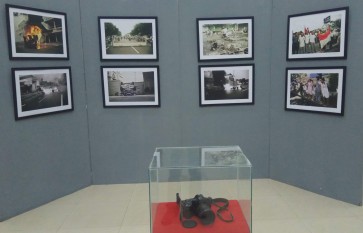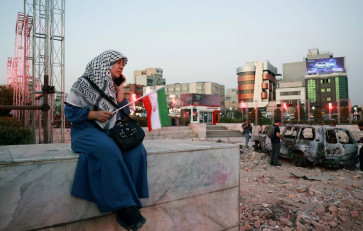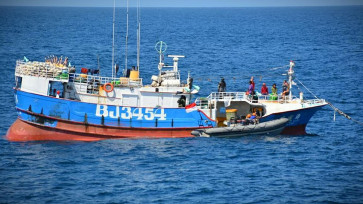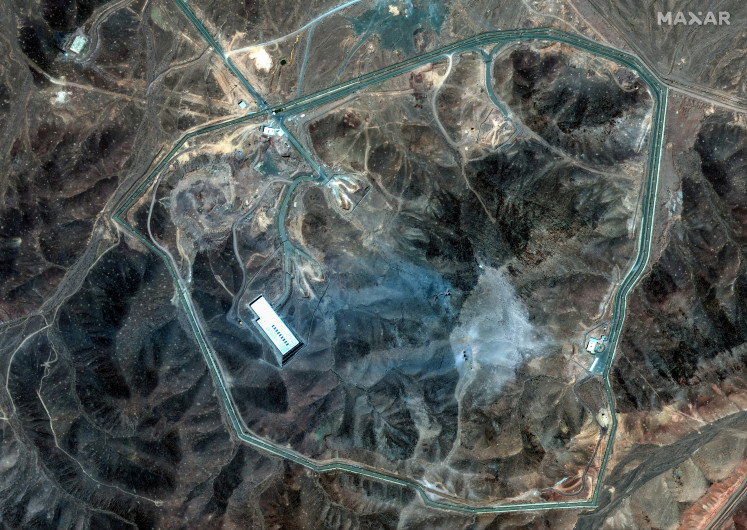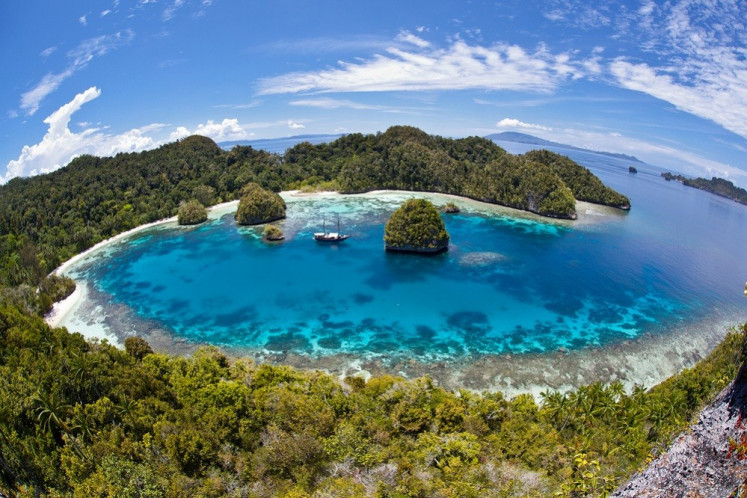Popular Reads
Top Results
Can't find what you're looking for?
View all search resultsPopular Reads
Top Results
Can't find what you're looking for?
View all search resultsDevotees ask GWK handler to preserve Majapahit temple
A group of people have urged the management of the Garuda Wisnu Kencana Cultural Park (GWK) to preserve the Majapahit temple built within the 230-hectare park on Jimbaran Hill in the Badung regency
Change text size
Gift Premium Articles
to Anyone

A
group of people have urged the management of the Garuda Wisnu Kencana Cultural Park (GWK) to preserve the Majapahit temple built within the 230-hectare park on Jimbaran Hill in the Badung regency.
Noko Prawiro, a representative of the group, said the group had asked the park management, PT Garuda Adhimatra Indonesia (GAIN), to allow the temple to remain in the area.
"We expect the management company will choose to preserve the temple as we are here to support the implementation of this large-scale project," Prawiro said Monday.
The GWK cultural park was first commissioned by the New Order government in the late 1980s. It was a multi-billion dollar project, aimed at creating a prestigious cultural landmark for Bali and Indonesia.
The project, covering 230 hectares of land on the rocky Jimbaran hill, was an ambitious work, including plans to erect a 146-meter high statue representing the god of Vishnu riding a mythical Garuda bird.
The plan however, attracted controversy when religious authorities on the island complained the statue would disrupt the spiritual balance of the area and that its commercial nature was inappropriate.
The cultural park consists of an amphitheatre, exhibition halls, lotus ponds, parks, restaurants and shopping malls.
The meeting was held after the GAIN management sent a letter to the temple's management, asking its representatives to explain the existence of the temple, which was located in the park area.
Signed by the company executive manager A.A Gde Rai Dalem, on April 16, the letter said that company management had never authorized the construction of the temple.
The representatives of the temple were angered when they learned from a PT Gain official, that the company had plans to evict the temple.
Led by the dozens of the temple's congregation, and a traditional Barongsai Chinese dragon dance, the group marched to the GWK office. The group also carried the temple's pratima (sacred effigy) with them and placed it inside the meeting room.
The devotees of the Majapahit temple claimed to have had permission to build the temple in 2004 from Sudiarta, an official from the former PT Marga Giri Kencana, a company that managed the construction of shopping malls.
Sudiarta allegedly experienced a trance, after which, he believed he had obtained a spiritual order to build a temple. He later issued permission for the temple's construction in the area.
Rai Dalem promised he would deliver their messages to the management.
He said he hoped the management would understand the spiritual importance of the temple.

